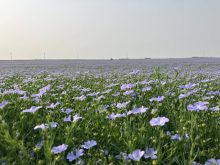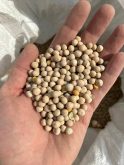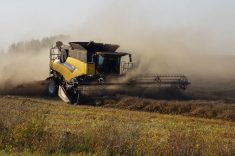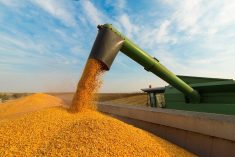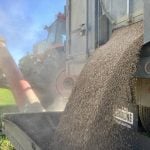(Commodity News Service Canada) –– A significant rise in grain and commodity prices across North America has made producers more likely to purchase and apply fertilizer for the upcoming crop year, according to an analyst.
“With prices for corn, soybeans, wheat, and canola all going higher, guys have been more apt to buy fertilizer, and we should see more of it on the land this year,” said David Asbridge, president and senior economist with NPK Fertilizer Advisory Service in St. Louis.
In the last couple of years, producers had been cutting back in fertilizer use, as grain prices were not nearly as strong as they currently are, according to Asbridge.
Read Also

‘A little bit of a resurgence for flax’
Flax is sitting in a good position following this year’s harvest, said Scott Shiels of Grain Millers Canada in Yorkton, Sask.
North America isn’t the only part of the world that is expecting to see an increase in fertilizer use in 2011. Purchasing activity has been amplified in developing agricultural markets, including Brazil, China, and India. These developing markets account for about two-thirds of global consumptions annually.
However, even with the global increase for product, Asbridge didn’t think prices would go up much at all, stating the increase has already happened.
Asbridge said most producers have already purchased fertilizer for what they will use in the spring of this year, with most of the buying going on last fall. That was also the time when fertilizer values went up, he said.
In fact, Asbridge said if anything, fertilizer values may decline slightly in the spring, as he feels they are due for a setback, and in the spring, when producers are busy seeding their crops, may be the time it will happen.
He said to expect fertilizer to prices to be heavily influenced by grain prices, as they were when commodity prices gained strength during the second half of 2010.


